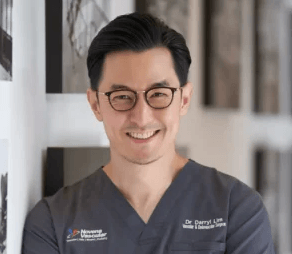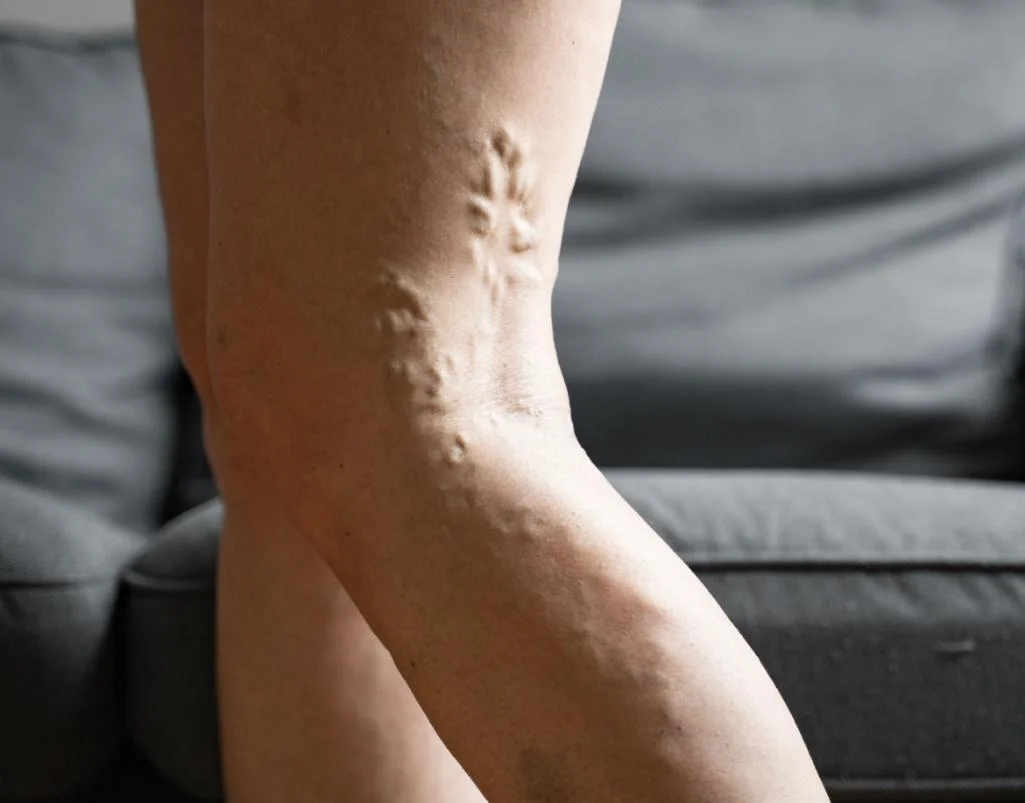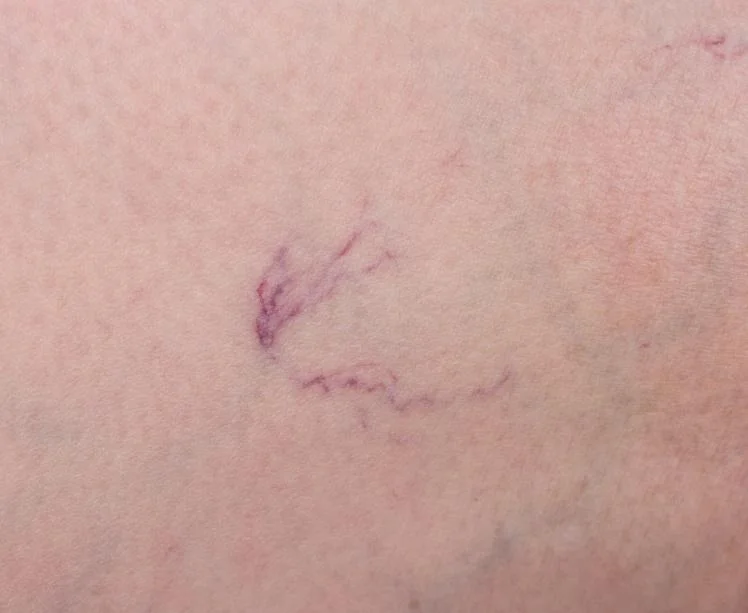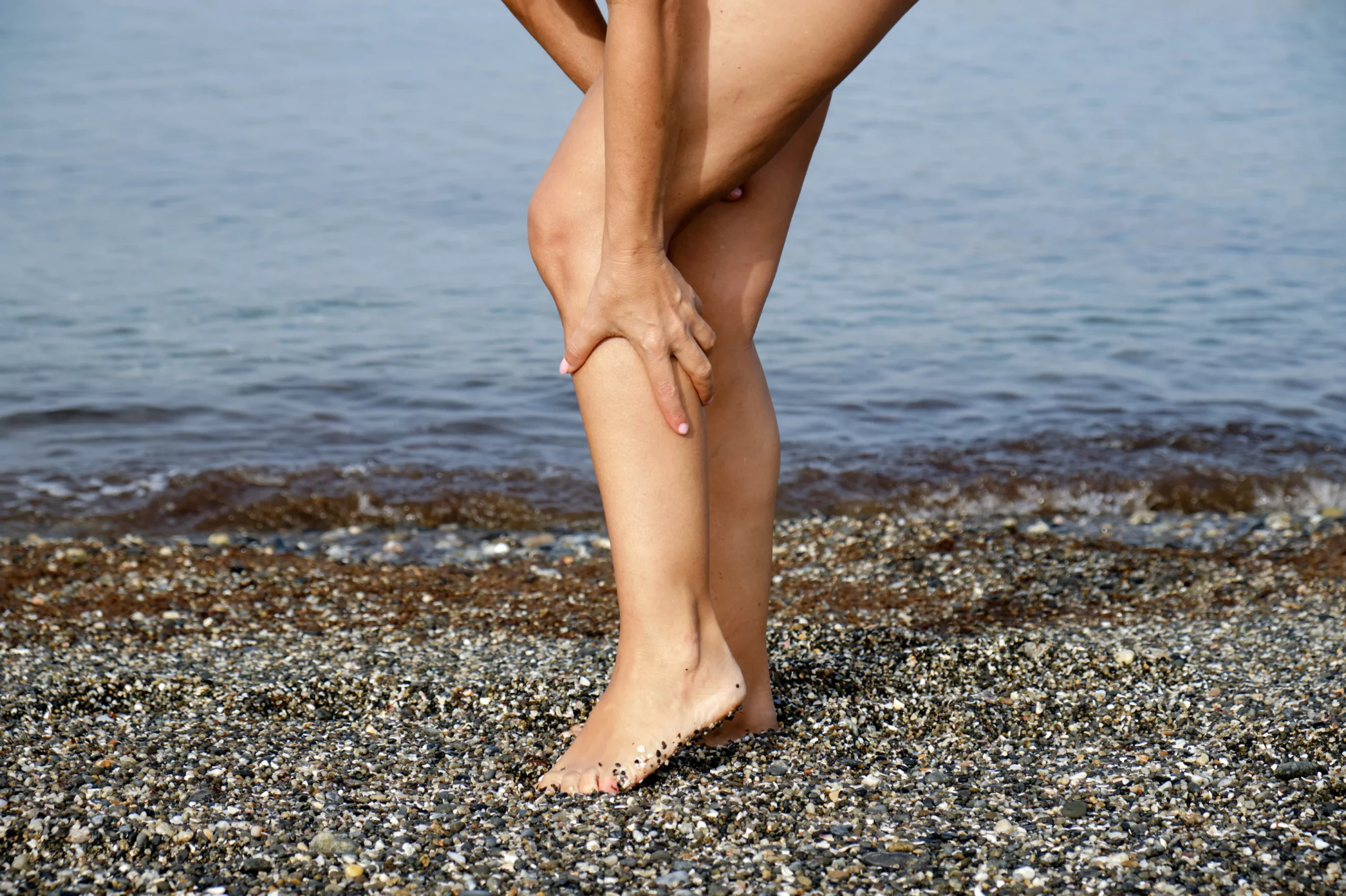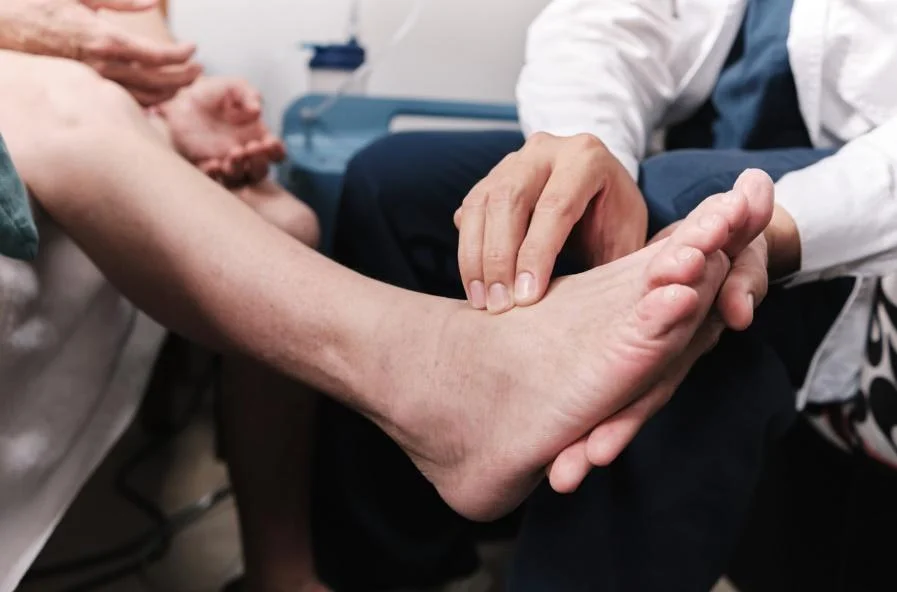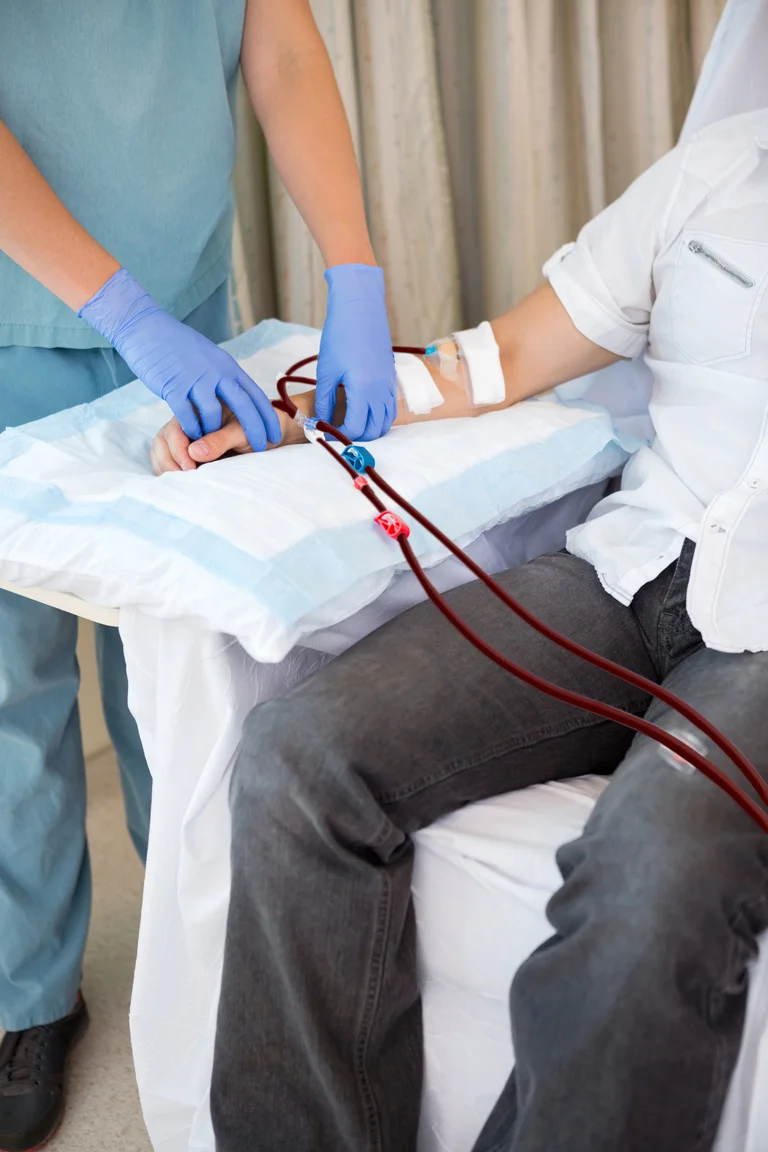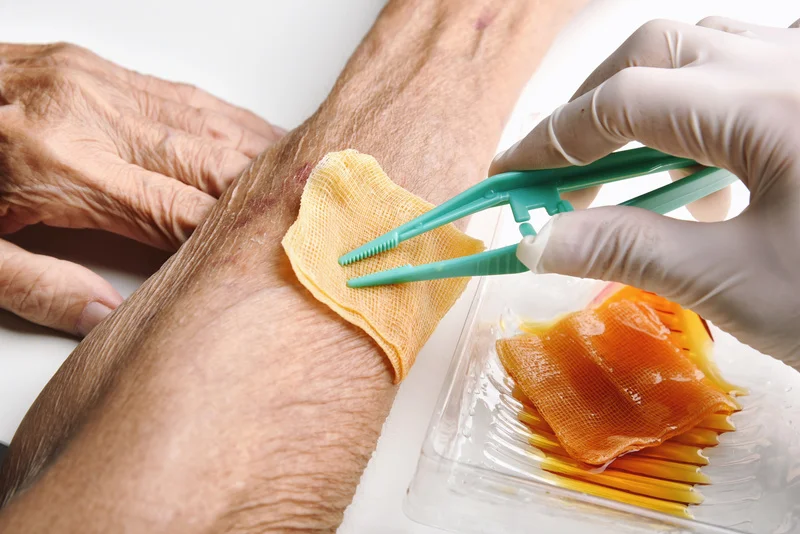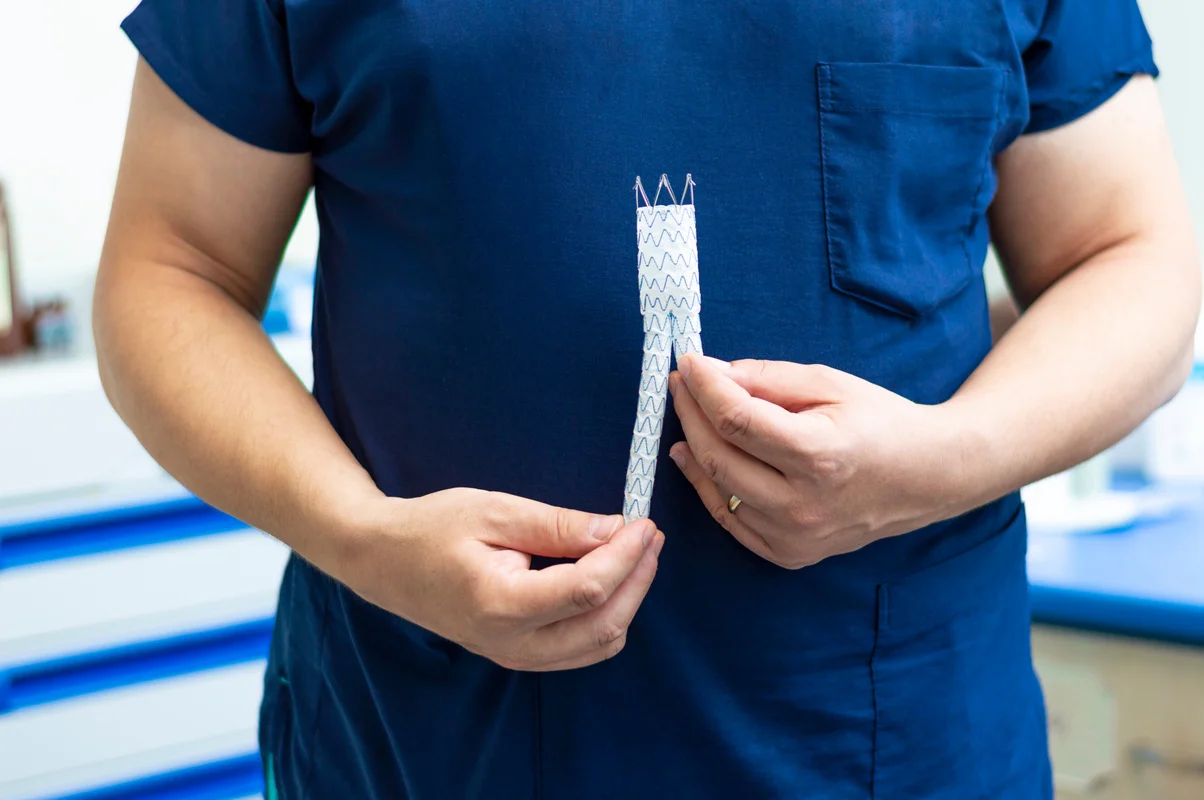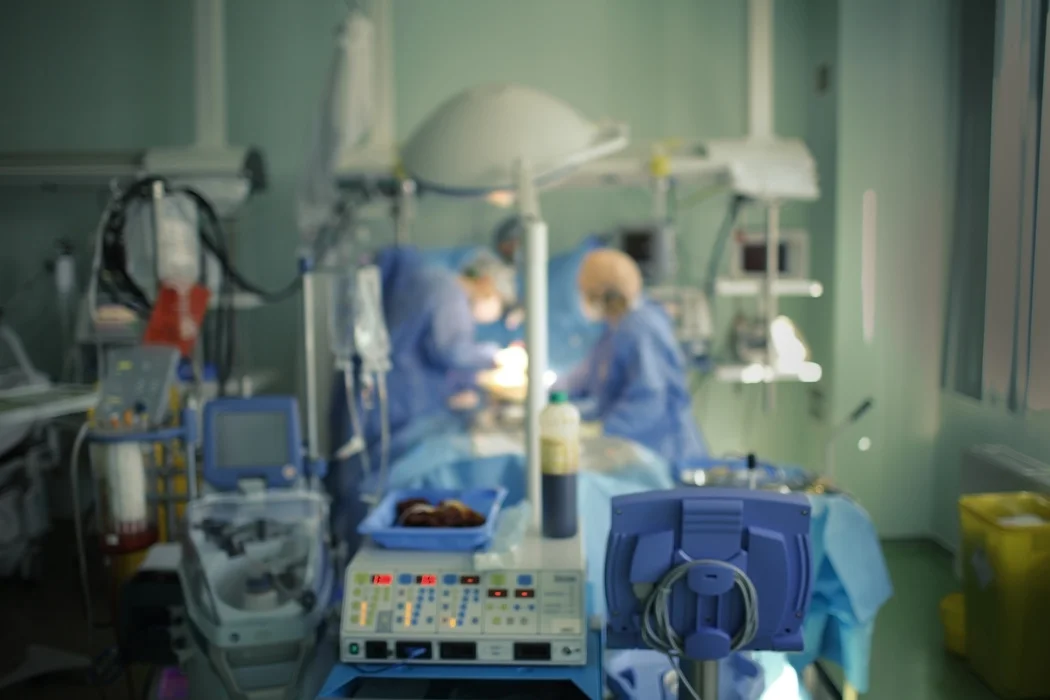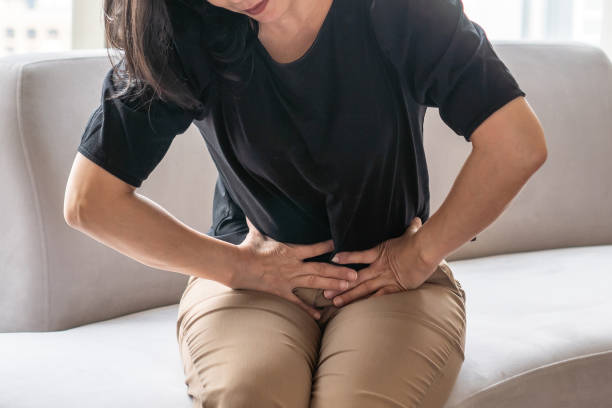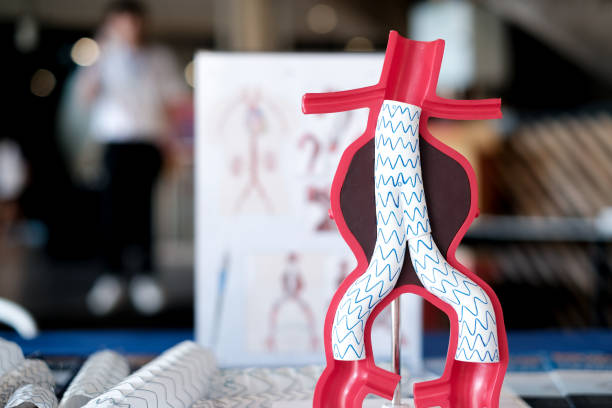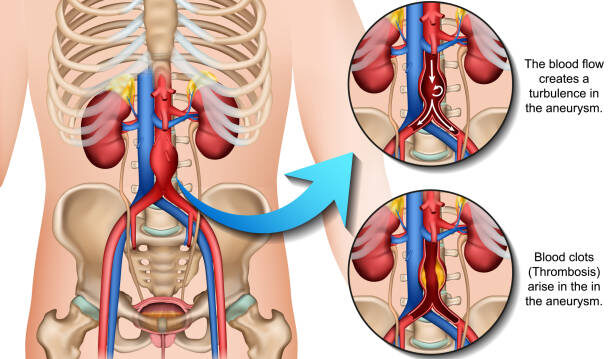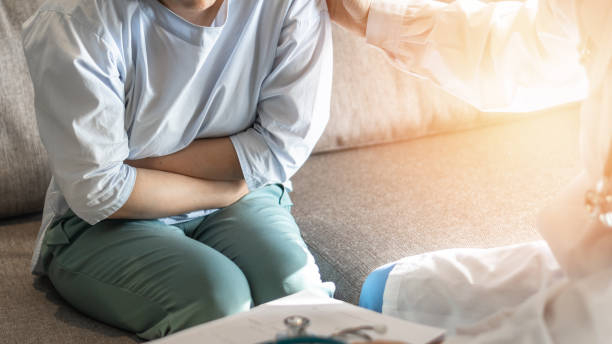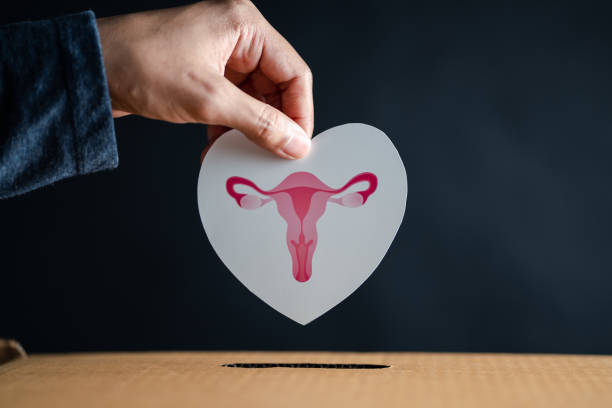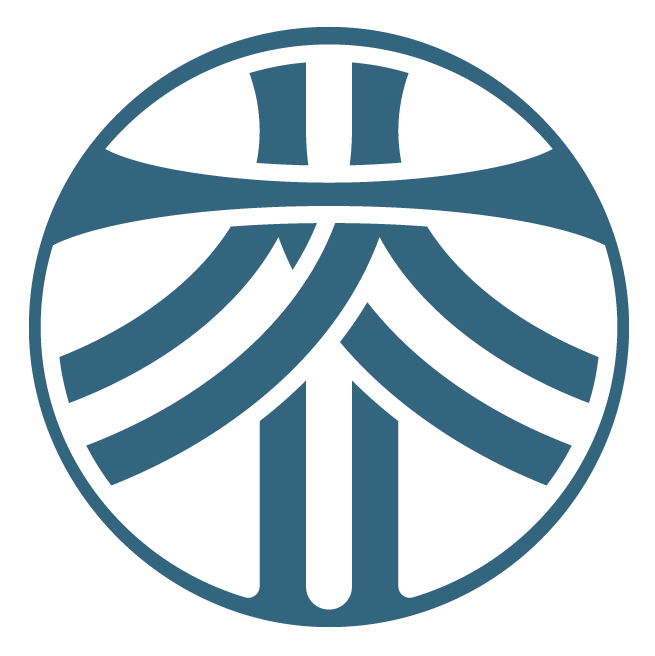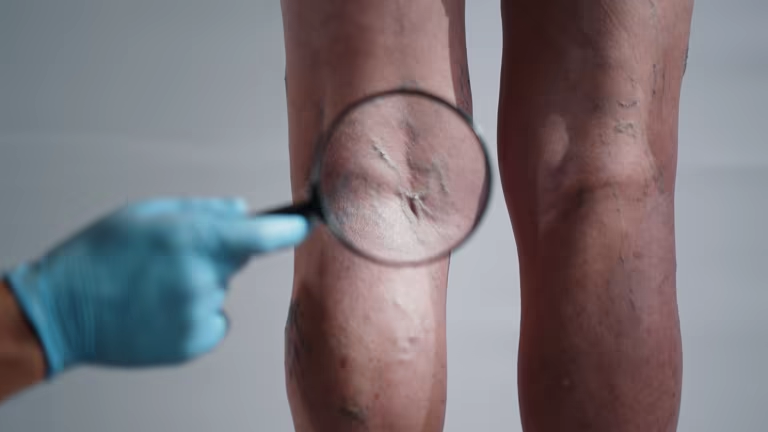
If you’ve ever searched online about vein problems, you’ve probably come across confusing or contradictory information. Some sources use varicose veins, venous insufficiency, and chronic venous insufficiency (CVI) interchangeably, while others barely explain what sets them apart.
Let’s clear that up.
Although varicose veins and venous insufficiency are closely linked, they’re not the same thing. Knowing the difference helps you recognize what’s happening in your legs, what symptoms to watch for, and when to seek help from a vascular specialist like Dr. Darryl Lim, who treats these conditions daily.
What Are Varicose Veins?
Varicose veins are those twisted, enlarged blue or purple veins that commonly appear on the legs or feet. They develop when the one-way valves inside your veins weaken or fail. Instead of flowing smoothly upward toward the heart, blood pools in the legs, causing the veins to bulge and stretch.
Common symptoms include:
- Rope-like veins visible under the skin
- Aching, throbbing, or a sense of heaviness in the legs
- Swelling around the ankles or feet
- Itching or burning along affected veins
Varicose veins are surprisingly common—affecting roughly one in three adults in Singapore—yet many never seek treatment. Left untreated, they may worsen over time or signal more profound circulation issues.
What Is Venous Insufficiency?
Venous insufficiency means your veins aren’t effectively returning blood to the heart. Chronic venous insufficiency (CVI) is the more advanced, long-term form of this condition.
In CVI, the valves in the leg veins are so weakened that blood continually pools in the lower limbs, raising venous pressure and damaging surrounding tissues.
Typical symptoms include:
- Persistent leg swelling (edema)
- Skin discoloration or thickening around the ankles
- Cramping or pain that worsens with prolonged standing
- Venous leg ulcers—open sores that heal very slowly
If untreated, CVI can lead to serious complications such as cellulitis (skin infection), chronic ulcers, or deep vein thrombosis (DVT).
How Are Varicose Veins and Venous Insufficiency Related?
Think of varicose veins as the visible tip of the iceberg and venous insufficiency as the underlying problem beneath the surface.
Not everyone with varicose veins has venous insufficiency, but varicose veins are often an early sign. Likewise, smaller spider veins can be early cosmetic clues that something’s changing in your circulation. When left unchecked, these visible changes may progress into CVI.
What Causes Venous Insufficiency?
Chronic venous disease is progressive, meaning it tends to worsen without treatment. The main risk factors include:
- Age: Valve function naturally weakens with age.
- Family history: genetics plays a strong role.
- Pregnancy: Hormones and increased blood volume strain leg veins.
- Obesity: Extra weight adds pressure to leg veins.
- Prolonged sitting or standing: Reduces muscle-assisted blood flow
Early detection and intervention are key. Without proper management, CVI can cause venous ulcers, recurrent infections, or permanent skin damage (lipodermatosclerosis).
The good news is that CVI is manageable. CVI is manageable. Treatment may start with lifestyle measures—compression stockings, leg elevation, regular exercise, and weight control. If symptoms persist, Dr. Darryl Lim may recommend minimally invasive procedures that close off faulty veins and restore healthy circulation.
Preventing Varicose Veins and Venous Insufficiency
You can’t change your age or genes, but small habits go a long way in protecting your veins:
- Stay active: Walking, swimming, or cycling strengthens calf muscles—your natural “venous pump.”
- Elevate your legs: Rest with your legs raised to help blood flow back to the heart.
- Wear compression stockings: These improve circulation and reduce swelling.
- Maintain a healthy weight: Less pressure on your veins means less risk.
- Avoid prolonged sitting or standing: Take short movement breaks every 30 minutes.
Even modest changes can improve comfort and reduce the chance of progression.
When to See a Vein Specialist
Mild varicose veins may be mainly cosmetic, but pain, swelling, skin discoloration, or slow-healing sores are red flags. If you notice these, it’s time to see a vascular surgeon.
During consultation, Dr. Darryl Lim typically performs a duplex ultrasound to assess vein valve function and identify underlying reflux. From there, he can recommend a tailored treatment plan.
Contemporary minimally invasive treatment options include:
- Sclerotherapy: A quick injection that seals small veins.
- Radiofrequency Ablation (RFA): Heat energy closes diseased veins.
- Microphlebectomy: Gently removes larger varicose veins through tiny incisions.
- VenaSeal: A medical adhesive that safely “glues” faulty veins shut.
These procedures are performed in-clinic, require little downtime, and significantly improve both comfort and leg appearance.
Take Charge of Your Vein Health
Varicose veins and venous insufficiency may be connected, but they’re not identical. Varicose veins are often the first visible sign of venous insufficiency, which—if ignored—can lead to more serious complications.
At his vascular practice in Singapore, Dr. Darryl Lim uses advanced diagnostics and minimally invasive techniques to treat vein disorders at their root cause. Whether you’re dealing with aching legs, swelling, or unsightly veins, early treatment can restore circulation and confidence.
Frequently Asked Questions
1. Are varicose veins and venous insufficiency the same?
No—varicose veins are visible, enlarged veins, while venous insufficiency is a deeper circulatory problem caused by failing valves. Varicose veins can be an early sign of venous insufficiency.
2. Can these conditions worsen over time?
Yes. Both are progressive and may lead to swelling, skin changes, ulcers, or even blood clots if untreated.
3. How are they treated?
Treatments include sclerotherapy, radiofrequency ablation, microphlebectomy, and VenaSeal—all minimally invasive and performed by Dr. Darryl Lim on an outpatient basis.
4. What can I do to prevent vein problems?
Stay active, maintain a healthy weight, elevate your legs, wear compression stockings, and take regular movement breaks. These simple steps go a long way in keeping your veins healthy.
Ready to Learn More?
If you’ve noticed varicose veins or symptoms of chronic venous insufficiency, don’t ignore them.
Book a consultation with Dr. Darryl Lim, a vascular & endovascular surgeon in Singapore, to discuss safe and effective treatments for lasting relief.
